Did you know that over 60% of pet owners admit they’re nervous to trim their dog’s nails—and that skipping regular trims can lead to pain, posture problems, and even infections? If you want to give your dog comfort, stay out of the veterinarian’s office, and build trust with your furry best friend, mastering how do I trim my dog’s nails safely is a must. In this guide, you’ll learn not just the “how,” but also the “why,” with tips that make dog nail trimming less scary for both you and your pup.
Startling Facts: Why Learning How Do I Trim My Dog’s Nails Safely Matters
Learning how do I trim my dog’s nails safely isn’t just about appearances—it’s vital for your pet’s health. Long nails force dogs’ toes to splay and can cause joint pain, posture problems, and even trip accidents. If dog nails are left untrimmed, they can curl under and press into the paw pad, resulting in painful wounds, infections, and chronic pain. Even if your dog regularly walks on pavement or hard surfaces, natural filing isn’t enough: regular nail trims help avoid splitting, chipping, and ingrown nails.
Pet parents often worry about cutting the quick, the sensitive part inside the nail that can bleed and hurt if snipped. But with proper tools and gentle technique, you can keep your dog calm and confident throughout the entire process. According to leading veterinarians, learning how to cut dog nails the right way is as important as choosing the right food or giving your dog regular exercise. Start practicing safe nail trims now, and you’ll protect your furry companion’s health for years to come.
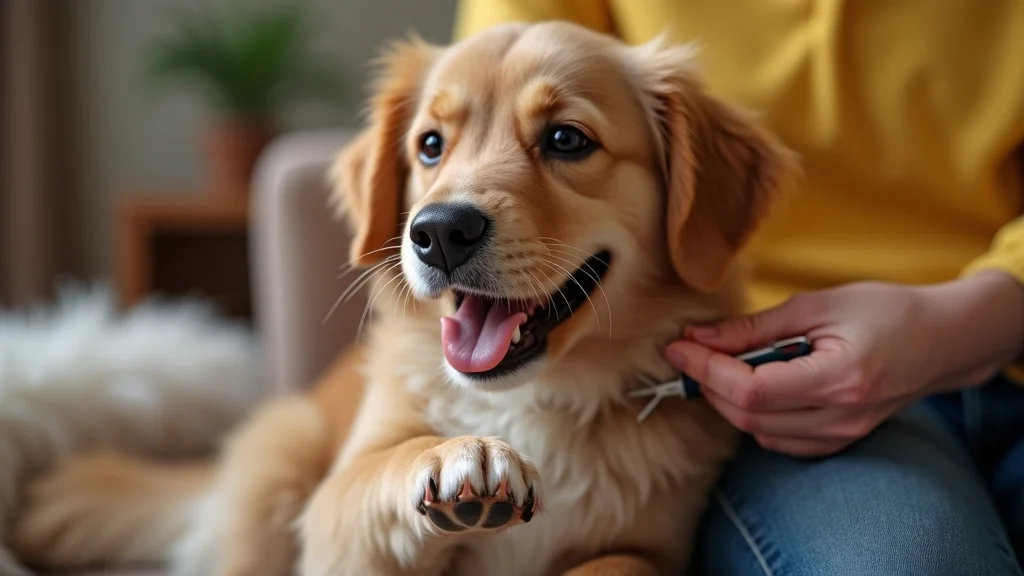
What You’ll Learn to Master How Do I Trim My Dog’s Nails Safely
Recognizing the right tools: dog nail clipper, nail grinder, and nail clippers
Spotting the quick to avoid cutting too far
Techniques for trimming dog nails (including dog nails that are black or hard to see)
Step-by-step guide for beginners
Expert insights and real pet owner tips
Understanding Your Dog’s Nails: Anatomy and Importance in Trim Dog Nails Safely
Trimming your dog’s nails safely starts with understanding a dog nail’s anatomy. Each nail has a hard, protective outer shell and a soft center section called the quick. The quick is home to blood vessels and nerves—cutting the quick is painful for your dog and can cause bleeding. This is particularly tricky with black dog nails, where the quick is harder to see compared to translucent white nails.
Maintaining proper nail length impacts your dog’s comfort, movement, and long-term health. If you skip regular nail trimming, nails grow too long and make every step uncomfortable for your dog. Over time, this causes altered gait and even joint damage. As Dr. Jenna Brantley, DVM, points out,
"Untrimmed dog nails can lead to discomfort, posture problems, and even infections," notes Dr. Jenna Brantley, DVM.
Whether you’re using a nail trimmer or a nail grinder, understanding where to cut and what to avoid helps you prevent accidental injury and ensures your dog’s nail trims are always safe and positive.
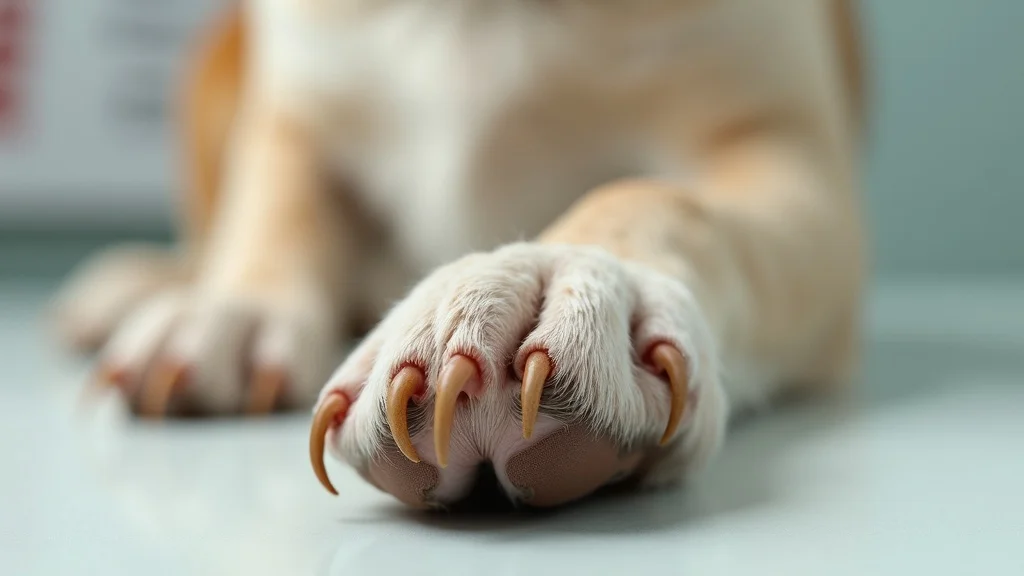
Choosing the Right Tools for How Do I Trim My Dog’s Nails Safely
Picking the right tool is the first step in how do I trim my dog’s nails safely. Dog nail clippers come in two main types: guillotine-style and scissor-style. Scissor clippers are usually better for larger dogs with thick nails, while guillotine clippers work well for smaller breeds. Alternatively, a nail grinder gently sands down the nail and works especially well for dogs who are frightened by clippers or have very thick or brittle nails. No matter the tool, keep styptic powder handy—you’ll need it to quickly stop bleeding if you accidentally cut the quick.
Nail clipper vs. nail clippers: which type suits your dog?
When to use a nail grinder for dog nails
Features to look for in quality dog nail grooming tools
Quality matters: Look for non-slip handles, sharp blades, and safety guards in your chosen dog nail clipper. For grinders, noise level and ease of cleaning are key. Remember, well-made tools make each nail trimming session easier, safer, and less stressful for you and your pet.
Tool |
Pros |
Cons |
Precision |
Safety |
Recommended Brands |
|---|---|---|---|---|---|
Scissor Nail Clipper |
Strong, good for thick/large nails |
Can crush small nails if dull |
High |
Medium — risk if quick is missed |
Safari, Millers Forge |
Guillotine Nail Clipper |
Easy for small/medium dogs |
Not ideal for thick or hard nails |
Medium |
Medium |
Resco |
Nail Grinder |
Smooths nail edges, less risk of splitting |
Noise/vibration can scare dogs, slower process |
Very High |
High if used patiently |
Dremel, Casfuy |
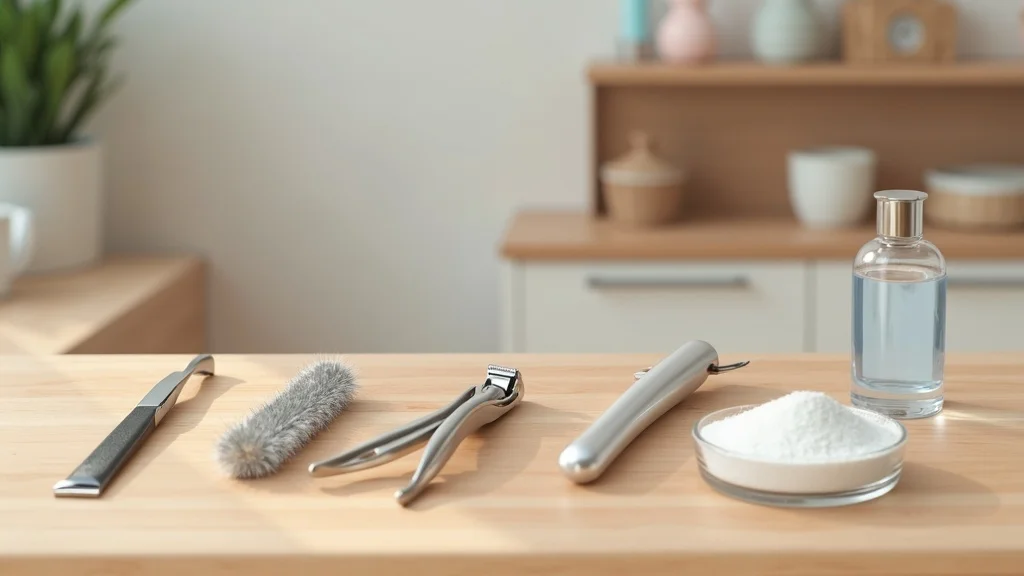
Step-by-Step Guide: How Do I Trim My Dog’s Nails Safely at Home
Ready to put your knowledge into practice? Follow these simple steps to trim your dog’s nails safely and confidently at home. Each session should be relaxed and positive for your pet, and always have dog treats ready for rewards. Here’s how to get started:
Prepare your supplies: Gather your chosen dog nail clipper or nail grinder, styptic powder, and plenty of treats.
Keep your dog calm: Place your pet in a quiet, well-lit spot, preferably on your lap or a non-slip mat. Talk softly and stay calm—your dog will pick up on your vibes.
Identify the quick: For white or clear nails, spot the pink quick and avoid it. For black dog nails, trim in tiny slivers and look for a small dark spot in the nail's center—stop before you reach it.
Trim in small increments: Cut just the tip, aiming to keep the nails as short as possible without risking the quick. Work slowly, one paw at a time.
Use a grinder for smoothing rough edges: After clipping, smooth down any sharp or splintered areas for extra comfort.
Reward your dog: Give your dog a treat (peanut butter to distract works wonders!) after each paw to make nail trims a positive experience.
Remember, patience and frequent breaks build trust. If your dog is too anxious, keep sessions short and return later. If you hit the quick, use styptic powder to stop the bleeding and end the session on a gentle note—try again another day if needed.
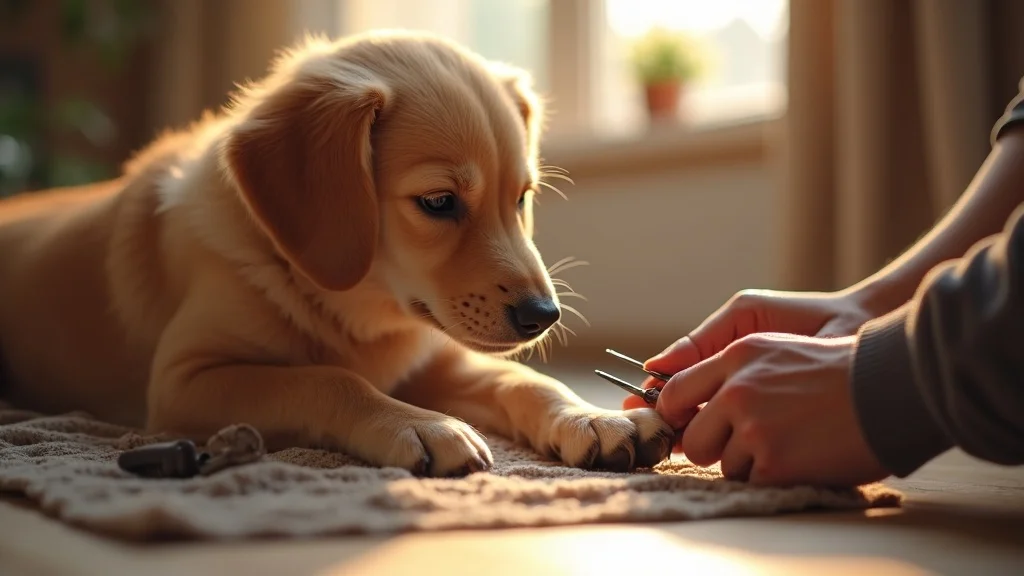
This video features a professional groomer demonstrating step-by-step dog nail trimming, showing correct grip on the paw, identifying the quick, and using both nail clippers and a nail grinder safely. Notice how the groomer keeps the dog calm with soothing words and gentle petting—each move is explained and there are captions for each step, so you can follow along at home.
Dog Nail Mistakes to Avoid: Preventing Cutting the Quick and More
Even the most careful pet parent can run into trouble with dog nail trimming. The biggest mistake is cutting the quick, which is painful for your dog and can cause bleeding and fear during future trims. Signs you’re close include a change in nail texture or color, especially for black nails where the quick isn’t visible. Always trim in small amounts and use a bright light for better visibility. If you hear yelping, see blood, or notice your dog trying to pull away, stop immediately and apply styptic powder to stop the bleeding.
Signs you’re close to the quick
How to avoid pain and bleeding when trimming dog nails
Solutions for anxious or reactive dogs
How to keep your dog calm: Try gently holding each paw daily even when not trimming, offer peanut butter to distract, and always use calm, positive reinforcement. If your dog is reactive or terrified, consider short sessions, asking another person to help, or seeking advice from a professional groomer or veterinarian. Remember, regular, gentle nail trims build your dog’s confidence and make the process smoother every time.
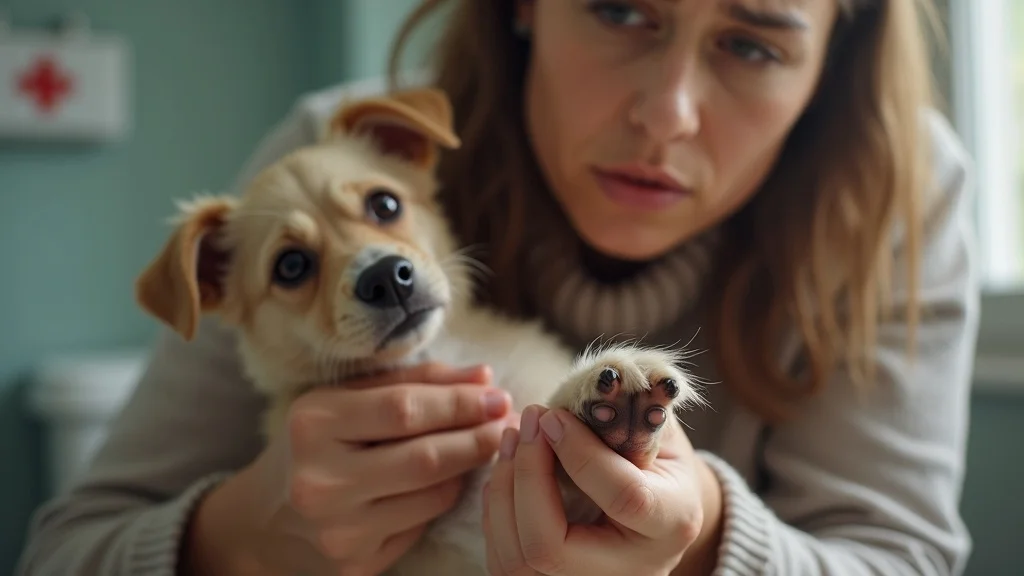
Expert Answers: People Also Ask About How Do I Trim My Dog’s Nails Safely
How to cut your dog's nails for beginners?
If you’re just getting started, pick a quiet spot and gather a scissor-style nail clipper or grinder. Let your dog sniff the tools first. Gently press on the paw pad to extend the nail, and cut just the sharp tip—avoid cutting too far. Reward your dog after each nail with treats or peanut butter to distract and keep them calm. Don’t rush; trim a few nails each day if needed until you both are used to regular nail trims.
How do you know where the quick is on black dog nails?
The quick in black dog nails is tricky: trim only thin slivers at a time and always look at the freshly cut edge. If you see a lighter or grayish oval in the center, you’re still safe to trim. When you notice a small, dark center spot, or the texture becomes softer and moister, stop immediately—that’s where the quick begins. Using a nail grinder can help make nail edges smooth and give you more control so you don’t cut the quick.
How much Benadryl can I give my dog to cut his nails?
Benadryl can occasionally be used to help calm anxious dogs, but always consult your veterinarian first for the right dosage. Typically, the recommended dose is about 1 mg per pound of body weight, but health conditions and breed matter. Never medicate your dog without professional advice, and try natural calming techniques—like peanut butter to distract or calming treats—before resorting to medications for nail trims.
What is the safest way to trim dog nails?
The safest way to trim dog nails is in a calm environment, using sharp, well-maintained nail clippers or a nail grinder, with plenty of treats on hand. Always cut small amounts, look for the quick, and stop if your dog seems stressed. Don’t forget to keep styptic powder nearby in case you cut too close. For dogs who are very nervous or if you’re uncomfortable, consider seeking help from a professional groomer or your vet.
This short video shows you what healthy, properly trimmed dog nails should look like and discusses signs of discomfort or injury. If your dog is limping, has bleeding you can’t stop, or runs away from you after repeated attempts, it’s time to call in a professional groomer or your veterinarian for help.

Key Takeaways: How Do I Trim My Dog’s Nails Safely
Use the right tools for your dog’s type of nail
Always identify the quick to prevent pain
Trim little by little and keep sessions short, positive, and rewarding
Frequently Asked Questions About How Do I Trim My Dog’s Nails Safely
How often should I trim my dog's nails?
Most dogs need a nail trim every 3–4 weeks, but check monthly—if you hear nails clicking on the floor, it’s time.What if my dog is terrified of nail clippers?
Try desensitizing with gentle paw handling and positive reinforcement. Use peanut butter to distract, or a grinder (it may be less scary). Go slow, and reward heavily.Can I use human nail clippers on dog nails?
For tiny puppies, yes, but adult dogs need dog-specific clippers for safety and strength. Human clippers struggle with thick, hard nails and can split them.Is it better to use a nail grinder or clipper?
Both work, but grinders are gentler and reduce the risk of splitting or accidentally cutting the quick. Clippers are faster—pick what suits your pet best.
Summary: Ensuring Safe and Stress-Free Nail Care for Every Dog
By learning how do I trim my dog’s nails safely, you’ll keep your pup healthy, pain-free, and happy—while also strengthening your bond. Stay patient, reward generously, and use the right tools every time.
Want more tips, stories, and pet care guides delivered straight to your inbox? Join our monthly PawPress newsletter and stay in the loop with the latest for your furry friends. 🐾 Subscribe now — your pets will thank you! https://pawpressnews.com
To enhance your understanding of safely trimming your dog’s nails, consider exploring these authoritative resources:
The American Kennel Club’s article, “Trim Your Dog’s Nails Safely: Tips, Tricks, and Grooming Techniques”, offers a comprehensive guide on acclimating your dog to nail trims, selecting appropriate tools, and executing the process with confidence.
Petco’s resource, “How to Trim Dog Nails Safely at Home”, provides insights into the importance of regular nail maintenance, step-by-step trimming instructions, and advice on handling black nails where the quick is less visible.
If you’re committed to mastering safe nail trimming techniques, these resources will equip you with the knowledge and confidence needed to care for your dog’s paws effectively.
 Add Row
Add Row  Add
Add 




Write A Comment